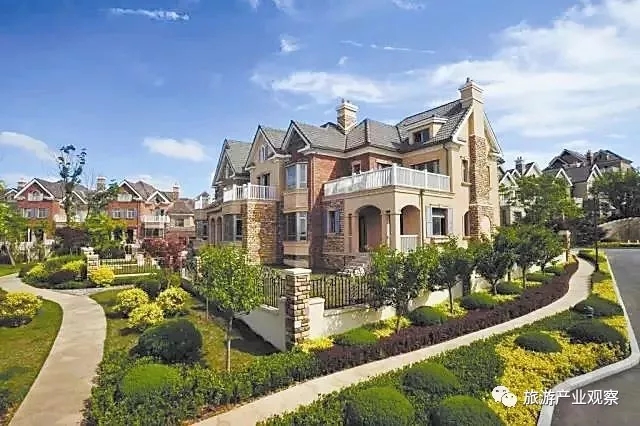An Outbreak of the Travel & Tourism Industry – China's Best Investment in the Next 30 Years
The tourism industry’s promotion of economic development is mainly reflected in three aspects:
The cultural and tourism industry has promoted the transformation of the traditional industrial structure.The development of the tourism industry can regulate the relationship between the secondary industry and the tertiary industry. At the same time, it can also derive new categories in the traditional service industry and be conducive to the upgrading of traditional service industries.
The development of the cultural and tourism industry has a strong driving force for the urban consumer market and forms a continuous hot spot for consumption. At the same time, it also has a positive effect on promoting employment.
The tourism and tourism industry has a role in promoting the integration and utilization of relevant industrial resources and the enhancement of benefits.For example, a bookstore formed by a combination of bookstores and cafes can not only integrate the existing markets of bookstores and coffee shops, but also stimulate the combination of the two to derive new consumption patterns.

According to data from the National Tourism Administration, the number of domestic tourists was 2 billion in 2008 and 4 billion in 2015, which doubled in 7 years.In 2015, there were a total of 4.12 billion domestic or outbound travel visits, which is equivalent to the nation’s population traveling nearly 3 times a year.
According to the estimates of the National Tourism Administration, China's tourism and holiday industry will form a pillar industry of RMB 10 trillion.There is no doubt that this is a sunrise industry that the masses are willing to spend, indicating that the investment window for the tourism industry has opened.
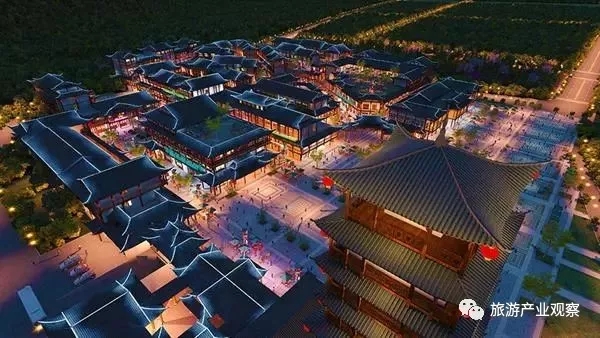
Travel Industry "Golden Age"
This year marks the beginning of the “Thirteenth Five-Year Plan”. For the development of tourism in China, the significance is even greater.The "Opinions of the State Council on Accelerating the Development of Tourism" proposes that by 2020, the scale, quality, and effectiveness of China's tourism industry will basically reach the level of the world's tourism power.
Therefore, from this year to 2020, it is a qualitative leap in the development of China’s tourism industry, and it will be a key five-year journey from a big tourist country to a strong tourist nation.The era of China’s cultural and tourism development has come.However, there are still many contents that need to be improved and improved in the development of China's cultural and tourism, and it needs to be closely integrated with the city's characteristics and cultural development. This has also become an urgent issue for China's cultural and tourism development.
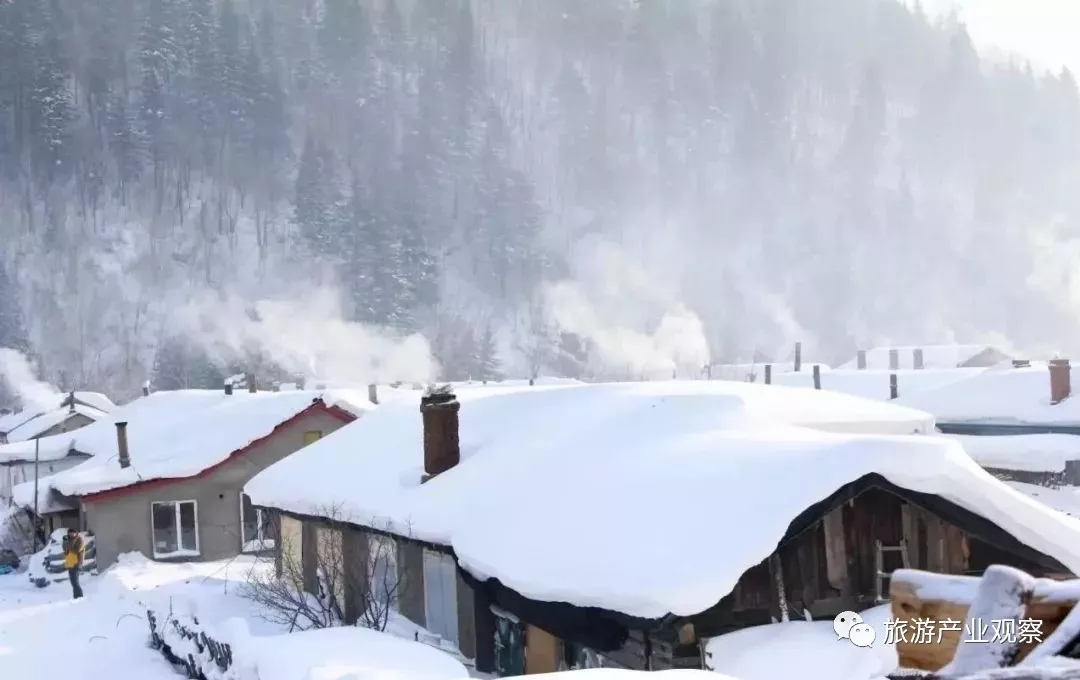
The popularity of a parent-child program made Snow Country popular.
Eight "Notes" of the Travel Industry:
1. Behind the adjustment and transformation of cultural and tourism towns is a profound social change.
Ancient towns and ancient villages ushered in a wave of transformation under the impetus of a new wave of urbanization in China.It is not only the transformation of traditional architectural space and commercial formats, but also the intrinsic life style, changes in consumption patterns, and even qualitative changes in traditional cultural genes.If it is only in the employment state, it is doomed that the business in this small town is superficial and may deviate from the orientation of the industry.
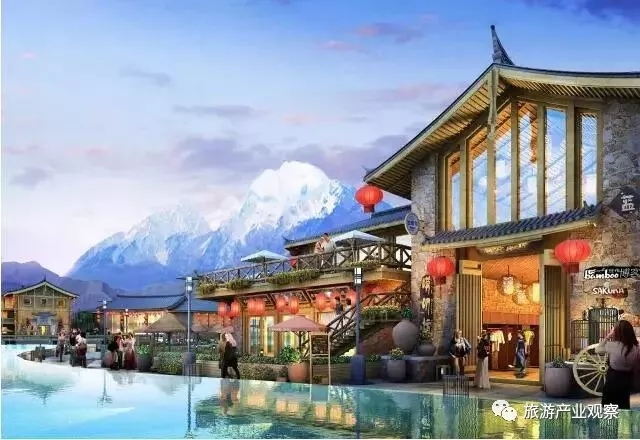
2. The improvement of tourist demand levels requires the simultaneous promotion of tourism and tourism industry
The development of tourism in the past 20 years has been gradually transformed from the original sightseeing tourism to leisure and holiday tourism. However, the tourism forms of tourism, leisure and holiday needs in the transition period will exist for a period of time, and the travel of different regions The township project will focus on different levels of tourism demand. The tourism status of different tourism demand levels is different. Under this background, not only the ancient town of Guzhen, which was well-known, needs to be upgraded and transformed. Some new town projects will also be more complicated.
3. The arrival of a mobile society and a smart society has brought about changes in the format of the tourism industry
In the era of mobile Internet, the work forms and geographical boundaries of fixed office work for urban office workers have been broken down, and work cooperation can be conducted with others at any time anywhere.Because of its strong cultural environment and beautiful natural environment, tourist towns can attract crowds of large cities to start their own businesses and work while on vacation.These will lead to an increase in demand for accommodation and leisure entertainment, and the ease of online shopping in the mobile era will also result in a decrease in the demand for monotonous retail formats and an increase in the experience-based retail format.
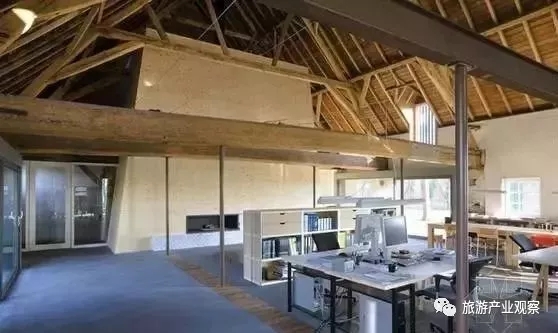
Dutch country residential office
4. The integration of tourism and urbanization
The supporting facilities of tourism towns are higher than the standard of ordinary small towns regardless of their type or quantity. Therefore, the selection of service facilities cannot be determined in full accordance with the Town Planning Standards. It is necessary to consider the permanent population and the floating population (including the tourism population). As a result of the tourism development, the foreign employment population etc. is absorbed, and scientific calculations are conducted.Based on the ecology of tourism towns, the town’s tourism population must be fully taken into account in determining the ecological carrying capacity of the town. The configuration of tourism facilities is scientific and reasonable, leaving adequate margins to eliminate waste.And from a number of actual cases, the area of business and tourism business should not be too large. It is necessary to conduct careful accounting based on the consumption structure of tourists. Only reasonable results can be obtained. A common problem currently exists that the area of business is often too large. The consequence is that there are many empty shops and dead shops in operation.
5. Upgrading of six major elements of traditional tourism
For a long time, the tourism industry has formed six major elements of “food, shelter, transportation, travel, entertainment, and purchase” based on tourism services. The commercial business of cultural and tourism towns is also basically constructed in accordance with these aspects, but with In response to changes in the tourism market, some innovative industries are beginning to emerge, or need to re-innovate their understanding and interpretation of the original six elements.For example, from simple food, sleep, and shopping, to an in-depth experience of local food culture, residence culture, and local hand-made culture.This will bring about important changes in the area, magnitude, etc. of positioning.
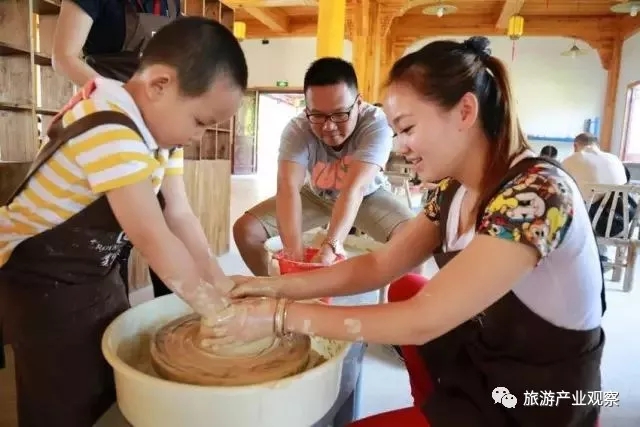
Jingdezhen Cultural Experience
6. Business in the B&B town is a cultural landscape
In addition to the basic functions of eating, shopping, and lodging, business facilities in the future cultural and tourism towns will also undertake complex functions such as cultural displays, cultural experiences, interactive exchanges, and excursions.Each shop is a scenic spot. Each shop is a cultural experience point. The purely commercial functions will be weakened. The value of tourism and cultural values will gradually become more prominent. It will allow tourists to have a desire to spend in lounging and generate consumer behavior in joy. This is a higher level of cultural and tourism business.Of course, these will require high levels of investment in the early stages of business investment and the introduction of businesses and business operations.
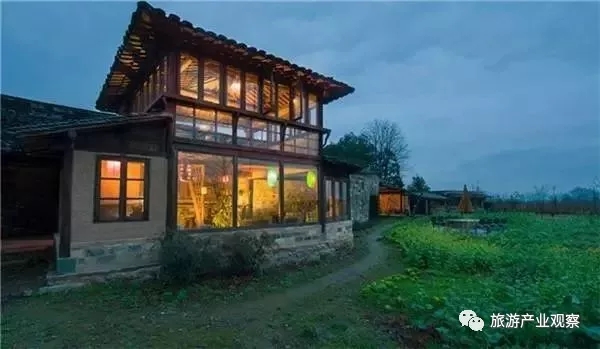
Huangshan pig bar
7. Merchants of business and tourism towns need investment merchants with “personality”
The business attraction of the tourist town is not an ordinary business or even a chain of business.In addition to relying on localization, we must also recruit “fans” who have special research and pursuits for food, housing, shopping, entertainment, and literature.In particular, enthusiasts with cultural feelings, it is best to have a certain influence in a certain industry, such as allowing some cultural people to come to open teahouses, open characteristic inn, so that the famous chefs come to run cultural restaurants.This is one of the investment trends of future cultural and tourism towns as well as an important criterion for testing the service capabilities of a travel agency operating service provider.
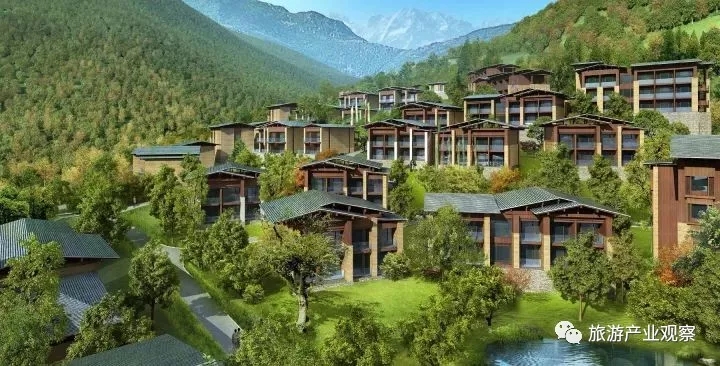
8. The business conditions of the tourism and tourism towns need to take into account the characteristics of seasons, weekends and working days.
One of the characteristics of tourism business is the seasonality of the business, that is, there is a clear season of separation.Seasonality is a typical feature of most tourist destinations. The peak season is prosperous.In most of China's scenic spots, during the winter months, almost no visitors came and the opening rate of shops was less than 50%.This requires the establishment of tourism products and post-production operations to extend the tourist season as much as possible, and to set up viable four-season tourism products and tourism services.Another notable problem is that the weekend is very popular. What to do if it is not popular from Monday to Thursday?These issues need to start from the orientation of format planning to start researching and setting up tourism products and tourism services that can attract tourists to off-season tourism, and how to present them in the commercial format. This puts the business format - the tourism product system - on the line of a busy season. The overall solution.
The planning and positioning of cultural and tourism towns and cultural and business developments is a complex, systematic work that is also very interesting.Covering tourism, culture, commerce, and real estate, involving tourism products, tourism routes, tourism activities, including food, hotels, folk customs, activities and other rich content.
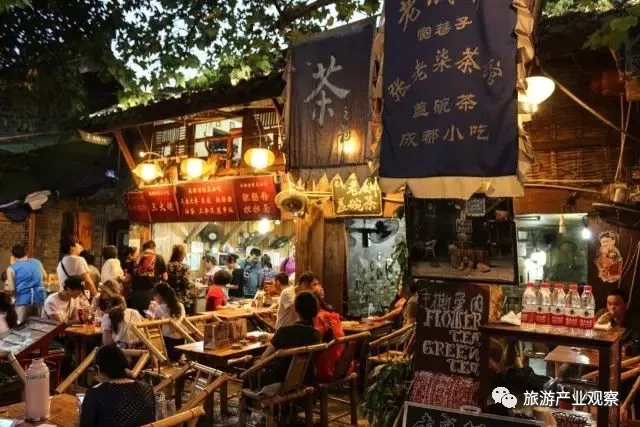
Chengdu Kuanzhai Alley
Seven Classic Models for the Development of Travel & Tourism Real Estate:
1, "Golf Estate" model
Practice has shown that the best way to mature land is to build a golf course. Its use for recreational real estate is extremely obvious. Besides the fact that the stadium itself has excellent landscape resources, the more important reason is that the golf course is important. The platform for high-end government affairs business and leisure exchanges can lead to the gathering of high-end leisure people and highlight the quality, thus promoting the value of leisure real estate and creating a superior foundation for the sale of leisure real estate.
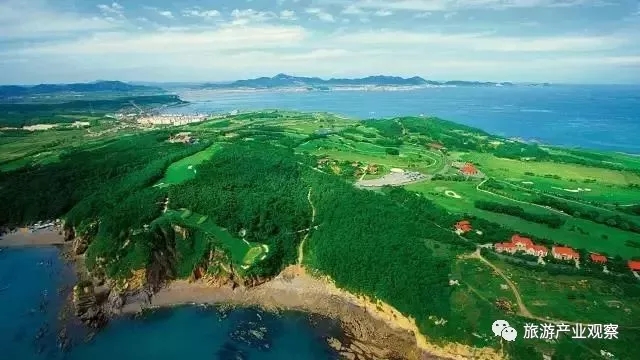
2, "hot springs" mode
Hot springs are the most powerful recreational engines and have become a super hot spot for leisure development in the country. It has a prominent role in the development of leisure health properties.“The hot spring spa products are attracted by the characteristics of hot spring spa products, and the resort hotel is the core, which drives the development of hot spring properties with first-to-after-sale hot springs.” The “hot spring metropolis” model has achieved great success in the market.
3. "Cultural Resort Complex" model
Banyan Tree Hotel and Ammon Hotel have achieved great success in the Chinese market and are continuing to expand at a steady pace.What are the reasons that make them so favored?The charm of culture!Taking ecological villas or ancient villages as the carrier, emphasizing the harmony with the natural environment, integrating with the local culture, enjoying the luxurious experience of fashion vacation in a unique cultural atmosphere, this low-key luxury has won many high-end leisure in the world. The crowd’s great recognition has created a loyal “global fan”.
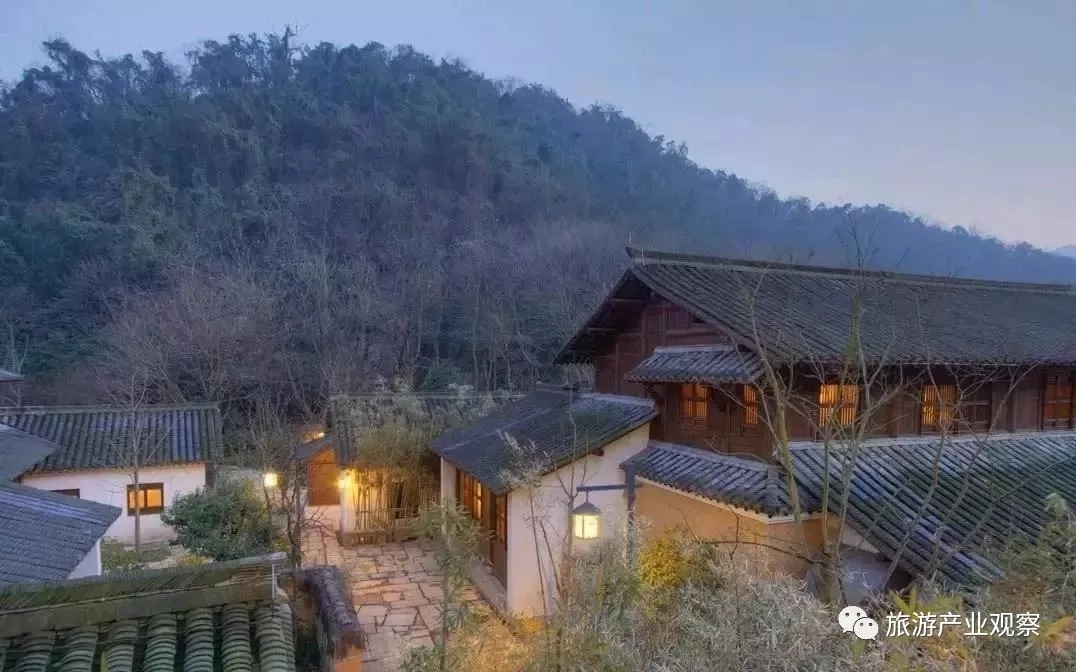
4, "Leisure Mall" mode
Through the integration of branded dining and food streets, five-star hotels, shopping malls, home appliance shopping malls, large-scale movie theaters, and mass-market KTVs, it has created an attractive and casual regional leisure and consumption center called Leisure Mall. Driving the development of office buildings and residential real estate, this model is called the urban center district leisure real estate model.
5, "Theme Culture Town" mode
Themed cultural towns, mainly ancient towns, ancient districts, or newly built towns.The core is to create a cultural town that meets the market demand and highlights the unique theme. With the town as the carrier, it builds a cultural leisure platform, enhances the attraction, and then drives the leisure real estate outside the town.
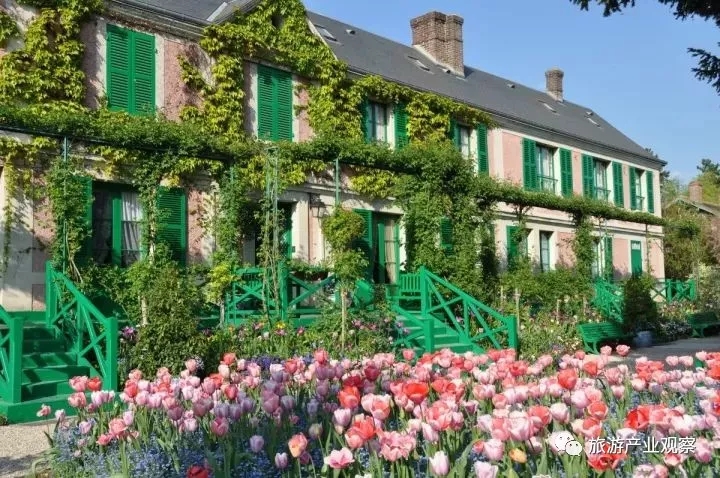
6, "Special Scenic Complex" mode
The special scenic spots mentioned here include theme parks or recreational areas.The theme park driving model, represented by Overseas Chinese Town and Disney, has promoted the development of leisure real estate in amusement parks. It has become a classic in the industry, but it requires strong support for development funds, brand effects, and operation management. The barrier to entry is high, not every one. Businesses can operate.The leisure area driving model, represented by a wooden hut village holiday resort in Anhui Province, has been favored by the market through the creation of China's largest rare native arboretum, featuring huts, and driving the development of huts and leisure real estate.Such models, based on the premise of the occupation or creation of scarce resources, have a relatively large investment. However, once they are successfully developed, the returns on their development benefits will be considerable, and the city’s overall leisure level will also be a huge increase.
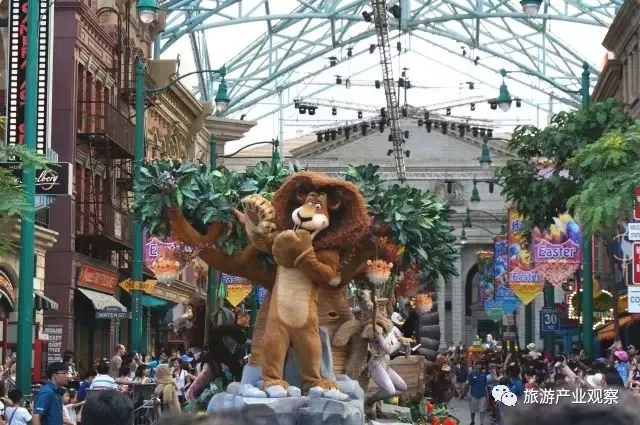
Universal Studios
7, "multiple leisure complex" mode
In addition to the above several models, there are many large-scale projects that often combine several models to form a "diversified leisure complex" model.Based on the ecological foundation and multiculturalism, the scenic spots, golf courses, theme culture towns, spa spas, cultural resort hotels, and large-scale performing arts projects are integrated to create a comprehensive leisure and feast, which ultimately drives leisure and real estate. Plates.
